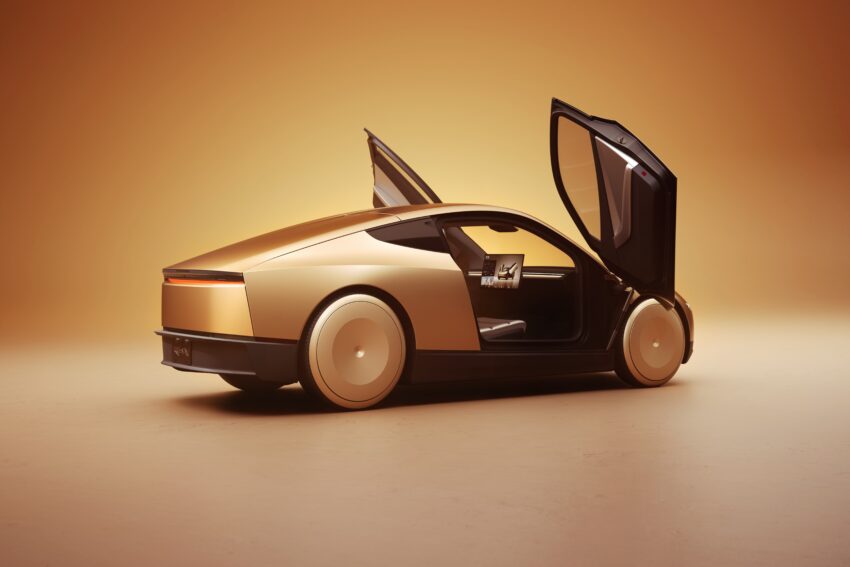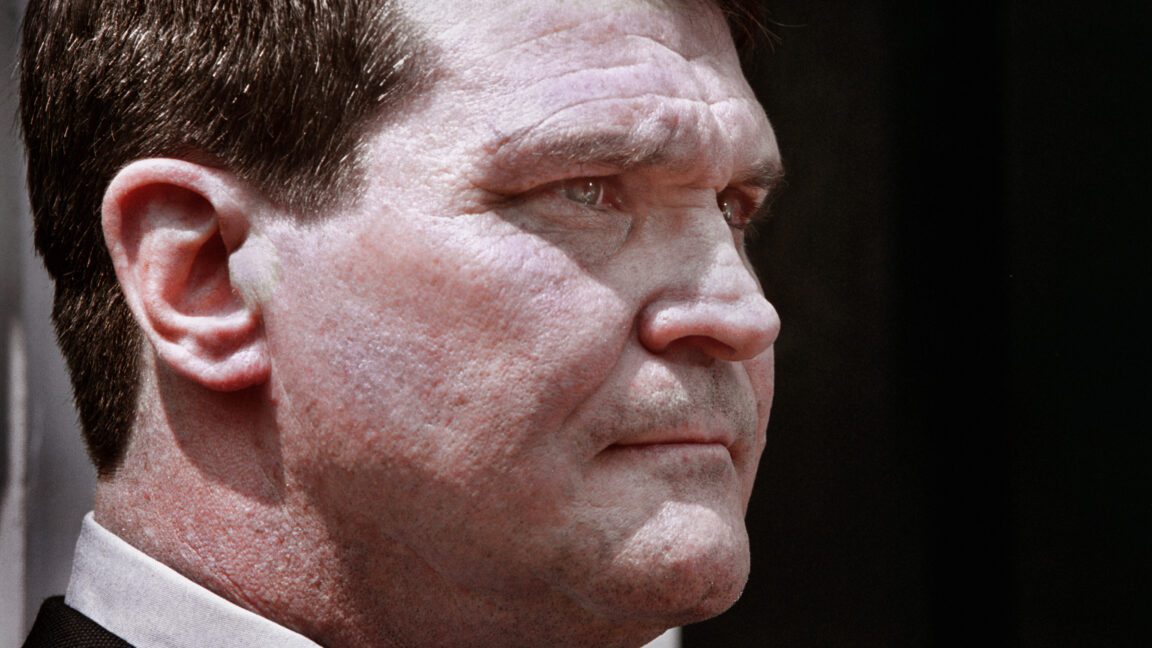
tesla s cybercab may have a steering Tesla’s Cybercab may incorporate a steering wheel despite initial plans for a fully autonomous design, highlighting the complexities of regulatory compliance in the automotive industry.
tesla s cybercab may have a steering
Introduction to the Cybercab
Tesla’s Cybercab, unveiled at a high-profile event in Hollywood last year, was initially presented as a groundbreaking leap into the future of mobility. CEO Elon Musk emphasized the vehicle’s design as a purpose-built autonomous unit, free from traditional driving controls such as steering wheels and pedals. This vision aimed to showcase Tesla’s commitment to advancing autonomous technology, positioning the Cybercab as a symbol of innovation in an industry often criticized for clinging to outdated practices.
Regulatory Challenges and the Need for Steering Wheels
Despite the ambitious vision for the Cybercab, recent comments from Robyn Denholm, chair of Tesla’s board of directors, have raised questions about the vehicle’s design. In an interview with Bloomberg, Denholm suggested that the Cybercab might need to include a steering wheel and pedals to comply with existing federal safety regulations. This revelation underscores the regulatory hurdles that companies face when attempting to introduce fully autonomous vehicles to the market.
The Role of Regulators
Regulatory bodies play a crucial role in the automotive industry, particularly when it comes to safety standards. In the United States, the Department of Transportation (DOT) has established guidelines that require vehicles to have certain features, including steering wheels, to ensure driver control and safety. For manufacturers like Tesla, this means that any vehicle designed without these traditional controls would require a special exemption from federal safety rules.
Exemption Process and Its Implications
Obtaining an exemption is not a straightforward process. It involves extensive evaluations and can take months or even years, as demonstrated by General Motors’ experience with its Cruise Origin shuttles. GM sought an exemption for its steering wheel-less vehicles but faced significant delays, ultimately leading to the abandonment of the project and the shutdown of its Cruise division due to safety concerns.
Denholm’s comments indicate that Tesla may be reconsidering its initial design philosophy for the Cybercab. “If we have to have a steering wheel, it can have a steering wheel and pedals,” she stated, suggesting a willingness to adapt to regulatory requirements. This shift could allow Tesla to expedite the Cybercab’s entry into the market, but it also represents a departure from the company’s original vision of a fully autonomous vehicle.
Market Implications of a Steering Wheel
The potential inclusion of a steering wheel and pedals in the Cybercab could have significant implications for Tesla’s business model. The company has positioned itself as a leader in the transition to electric and autonomous vehicles, and any deviation from this path may impact its brand identity and market perception.
Production Limitations
Even if Tesla successfully obtains an exemption for the Cybercab, the current regulations would limit the company to manufacturing and selling only 2,500 units per year. This cap could severely restrict Tesla’s ability to scale its operations and achieve its ambitious goals of becoming a dominant player in the AI and robotics sectors. The company has been vocal about its aspirations to pivot towards these areas, and a limited production capacity could hinder its progress.
Comparative Analysis with Competitors
Tesla is not alone in its pursuit of autonomous vehicle technology. Other automakers, such as Waymo and Cruise, are also investing heavily in this space. However, the experiences of these companies serve as cautionary tales for Tesla. The challenges faced by GM with the Cruise Origin highlight the risks associated with attempting to launch a purpose-built autonomous vehicle without the necessary regulatory approvals. As Tesla navigates these complexities, it must also contend with the competitive landscape, where other companies may be taking a more conservative approach to autonomous vehicle development.
Government Support and Future Prospects
The Biden administration has expressed a desire to streamline the review process for exemptions related to autonomous vehicles. Under Secretary Sean Duffy has indicated that the DOT aims to facilitate the introduction of more fully autonomous vehicles on the road. However, while the DOT can raise the cap on the number of vehicles allowed each year, it cannot do so without legislative action from Congress. As of now, there appears to be little movement on this front, leaving companies like Tesla in a state of uncertainty.
Internal Conflicts and External Pressures
Adding to the complexity of Tesla’s situation is the ongoing dispute between Duffy and Musk. Initially, the two appeared to have a cordial relationship during a site visit to Tesla’s headquarters in Austin earlier this year. However, tensions have since escalated, particularly following Duffy’s appointment as interim administrator at NASA. This conflict has implications for Tesla’s regulatory interactions, as the relationship between the company and government officials can significantly influence the approval process for new technologies.
The Future of Autonomous Vehicles
The inclusion of a steering wheel in the Cybercab may seem like a step backward for Tesla, but it also reflects the broader challenges facing the autonomous vehicle industry. As companies strive to innovate and push the boundaries of technology, they must also navigate a complex regulatory landscape that often lags behind advancements in engineering and design.
Public Perception and Consumer Acceptance
Consumer acceptance of fully autonomous vehicles is another critical factor influencing the future of this technology. While many people are excited about the prospect of self-driving cars, concerns about safety and reliability remain prevalent. The inclusion of traditional controls like steering wheels may serve to reassure consumers, providing a sense of control and familiarity in an otherwise unfamiliar driving experience.
Long-Term Vision for Tesla
Ultimately, Tesla’s long-term vision for the Cybercab and its other autonomous initiatives will depend on its ability to balance innovation with regulatory compliance. The company has built its reputation on challenging the status quo and pushing the boundaries of what is possible in the automotive industry. However, as it navigates the complexities of regulatory approval and market demands, it may need to make compromises that could alter its original vision.
Conclusion
The future of Tesla’s Cybercab remains uncertain as the company grapples with regulatory challenges and the potential need for a steering wheel. While this may seem like a setback for a vehicle designed to represent the pinnacle of autonomous technology, it also highlights the intricate relationship between innovation and regulation in the automotive industry. As Tesla continues to push forward, the decisions made in the coming years will shape not only the Cybercab but also the broader landscape of autonomous vehicles.
Source: Original report
Was this helpful?
Last Modified: October 30, 2025 at 12:38 am
2 views















